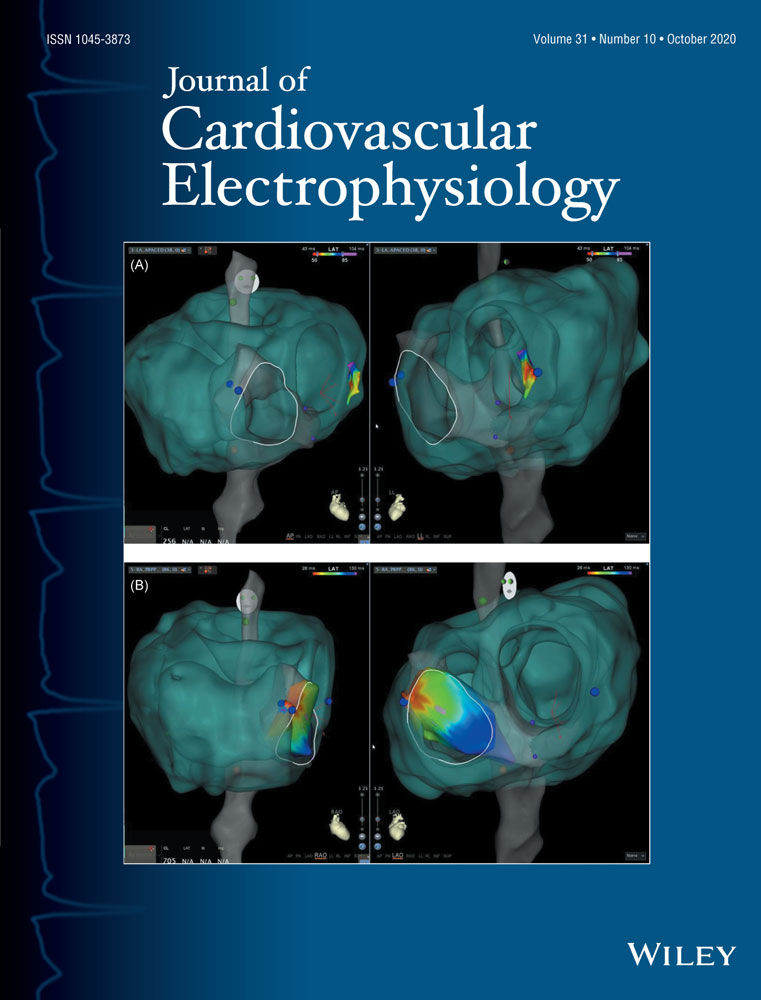Unintended ICD discharge in a patient undergoing bladder tumor resection utilizing monopolar cautery and full-body return electrode
Disclosures: None.
Abstract
Patients with cardiac implantable electronic devices (CIED) and implantable cardioverter-defibrillator (ICD) devices frequently present for surgical procedures. If electrocautery is used, careful planning is needed to avoid inappropriate device function or device damage. Published consensus statements suggest that if the surgery is below the umbilicus, interference is typically minimal, and therefore it is not recommended to reprogram or disable the CIED. When these guidelines were published, full-body return electrodes were not commonly used in clinical practice, and therefore were not addressed in the recommendations. A 76-year-old male with a single chamber ICD underwent bladder surgery under general anesthesia. Monopolar cautery was used with a full-body return electrode. The patient had undergone a similar procedure multiple times prior utilizing a traditional thigh adhesive return electrode without any inappropriate ICD discharges. During the procedure, the patient's movement was noted with electrocautery use which was suspected to be an inappropriate discharge of his ICD. Device interrogation was performed confirming two antitachycardia pacing therapies and four defibrillations due to interference from the electrocautery. This case examines inappropriate ICD discharge related to interference from electrocautery when utilizing a full-body return electrode, despite a subumbilical location of surgery. Current consensus statement guidelines do not recommend device reprogramming or magnet used when surgery is below the umbilicus, however, these full-body return electrodes were not routinely used when these guidelines were published. Based on these results, the authors avoid full-body return electrodes in patients with CIEDs.




